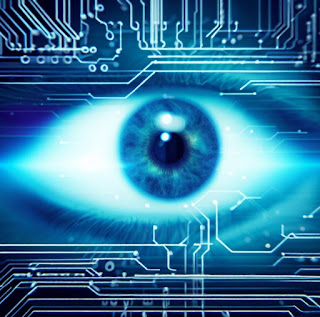Fuzzy logic
Fuzzy logic is a mathematical framework that deals with reasoning and decision making in situations where there is uncertainty or ambiguity.
It allows for partial truths and degrees of membership rather than just true or false values, enabling more nuanced and realistic models. Fuzzy logic can be applied in various fields, such as AI, robotics, control systems, and expert systems, to achieve more accurate, flexible, and human-like responses.
What does fuzzy logic depend on
Fuzzy logic is based on the concept of a fuzzy set, which allows for the representation of degrees of membership rather than the binary approach of traditional sets. A fuzzy set can include elements with varying degrees of membership, from 0% to 100%, based on their similarity or relevance to the set.
Fuzzy logic uses linguistic variables and terms, such as "very hot," "slightly cold," or "moderately humid," to describe a system in terms that are easy to understand. It then uses fuzzy rules, which are a set of "if-then" statements that describe relationships between the input and output variables.
Fuzzy logic is commonly used in control systems, such as air conditioning and heating systems, because it can take into account the uncertainties inherent in the system and produce more accurate and precise control. Fuzzy logic is also used in artificial intelligence and expert systems, where it can help to represent human knowledge and decision making.
One of the main benefits of fuzzy logic is that it can handle imprecise, ambiguous, and uncertain data, which is common in many real-world problems. It can also accommodate multiple inputs and outputs simultaneously, which adds to its flexibility and effectiveness.
sources










